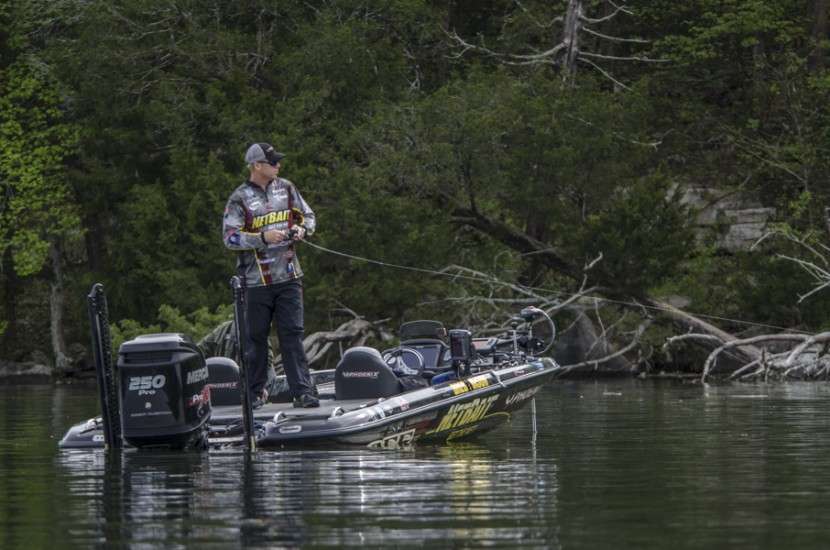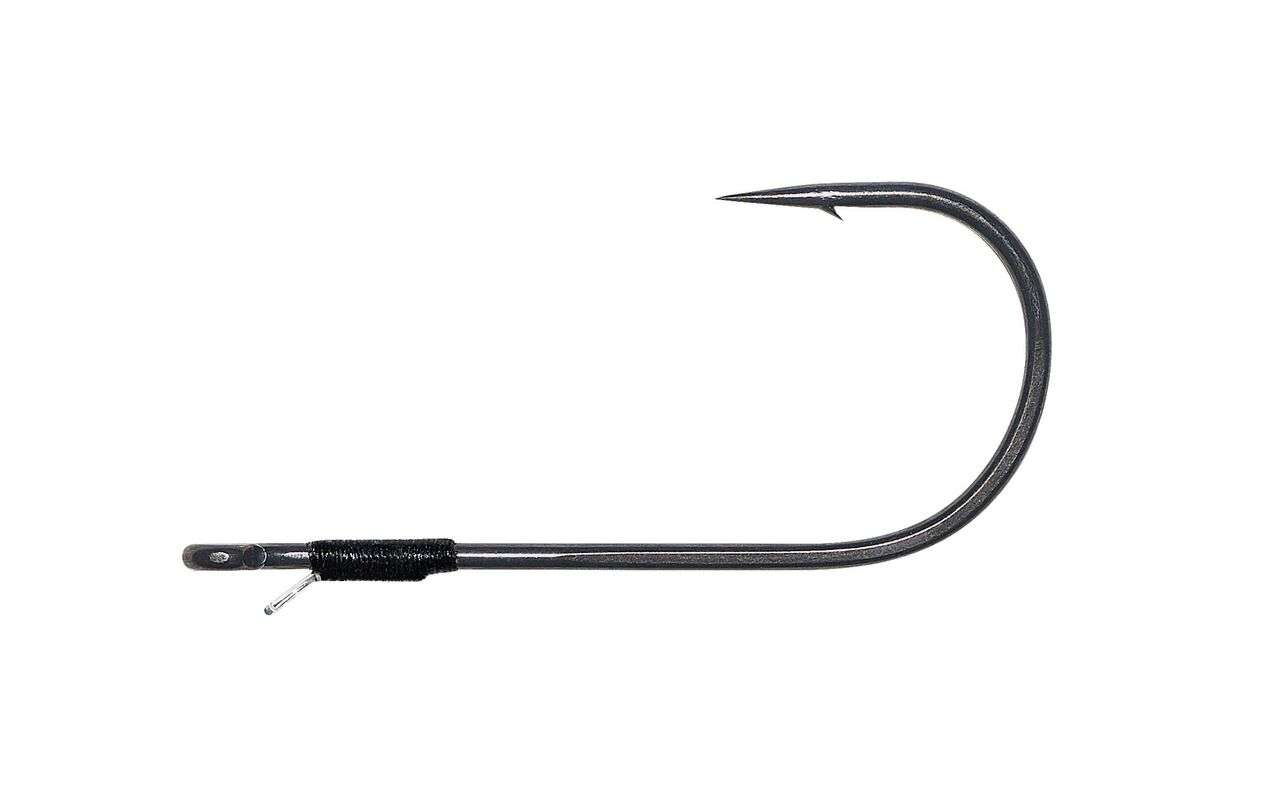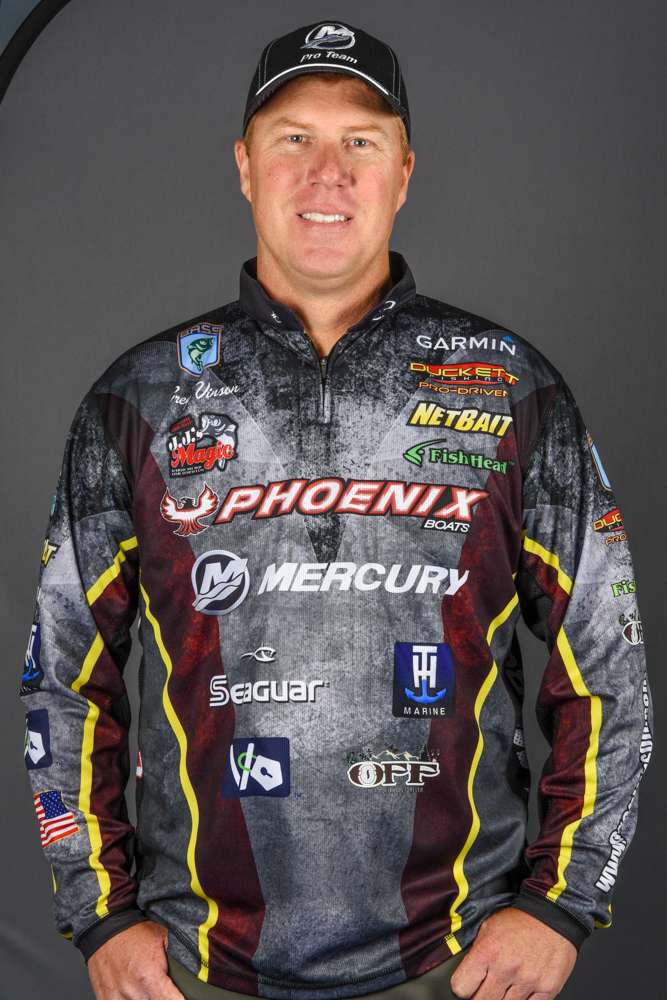
Plastics catch a lot of fish, but they aren’t without issues. They need to be rigged right in order for anglers to take advantage of what they offer. Rigging them right begins with selecting the right hook.
Size is probably the first thing that you should consider, but don’t be misled by what’s on the package. At best that’s a guideline. Each manufacturer has their own specific sizing standards. A 1/0 hook from one maker may be the same size as a 2/0 from another maker.
The size of the bite is a better way to size a hook. Bite is the distance between the hook point and the shank. All you have to do to size a hook is look at it. Choose one that’ll handle the plastic bait you’re using.
Different sizes and designs are better for different techniques and baits. When I’m pitching and flipping, I prefer a straight shank design. But, more important than that I want a good keeper, one that’ll hold my bait in place and not let it slide down the shank and foul.
There are a dozen different styles of keepers on the market. One of the newer ones that I think is really going to turn out to be super good is the one on the Owner 4X Jungle Flippin’ Hook. It’s made out of monofilament, or something like that, and it’s made in a loop rather than a point or barb. It’s also located on the backside of the shank. I’ve used it a few times, and I really like how it performs, especially in heavy grass.
I’ve included a picture so you can see what I’m talking about. There’s also a photo of it on Tackle Warehouse that shows the loop a little better.

Just so you know: I do not have a hook sponsor. I buy my hooks just like everyone else.
As far as knots are concerned, I tie what works for me. If I’m pitching or flipping with a 3/4-ounce weight or heavier, I snell my hook. Bigger weights tend to open up a bass’ mouth, so I want to get that slight upward flip of the hook that happens when you set the hook with a snell knot.
I don’t snell with lighter weights. If I’m using braid I tie a standard Palomar. If I’m using fluorocarbon I go with a San Diego jam.
I pretty much do the same thing with creature baits that are Texas rigged. Be careful about snelling too much, though. You may get a slight upward tilt when you set the hook but you pay a heavy price for that.
In my experience a snelled hook kills a lot of the action of most plastics. It moves the hook from the shank rather than the eye. That doesn’t hurt you when you’re pitching and flipping — that bite’s all about reaction — but it can be a killer when they have time to look your presentation over before they decide whether or not to eat it.
For worms I go with standard offset round bend hooks. My current preference is for a 3/0 or a 4/0 Gamakatsu. They’re reasonably priced, you can buy them anywhere and they’ll do you a good job.
My final thought on this subject is that you should be careful about overpowering your bait with your hook. Bigger isn’t always better. The whole idea behind plastics is that they have a natural action and feel to them. Too big of a bend or too long of a shank will wipe that out. I rarely go any bigger than a 5/0 from any manufacturer or with any bait.
That’s the basics. If you have specific questions or issues that I can help you with post them under this column. I’ll try to answer them next time.

